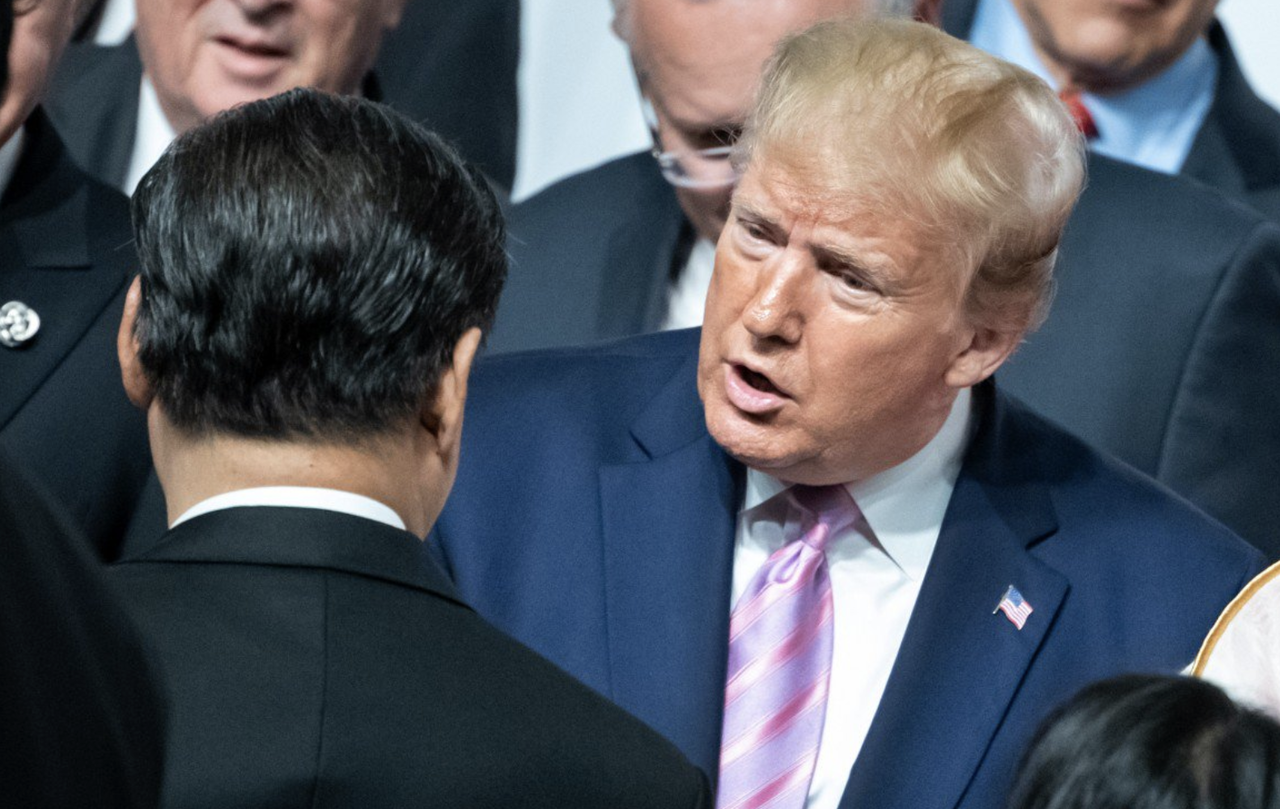Markets greeted President Trump and President Xi’s decision to re-start trade talks with jubilation. But as we’ve been saying from the beginning, this doesn’t mean a trade deal is a given – quite the opposite, actually.
That’s because Beijing and Washington have already begun to parrot some of their demands from before talks collapsed. And with Washington still unwilling to roll back all of the trade war tariffs, something that Beijing sees as non-negotiable, it could be a long time before the market gets the trade deal it so desperately seeks.
In the latest sign that suspicions among senior Chinese officials continue to simmer, and that the hastily cobbled G-20 ceasefire is suddenly on the rocks (again), the South China Morning Post reported on statements from a government spokesman and state-run media claiming that the commentary on Taoran Notes, a popular economic news source on the mainland, said Beijing would reneg on its promise to buy tons of agricultural goods from the US if Washington “flip flops” again, and that talks would “go backward again” unless Washington is willing to remove all trade-war tariffs.
“If the US flip-flops again in the negotiations, the promises to buy American agriculture products will also be overturned,” Taoran Notes said.
It added that China would have to consider its domestic demand and the opinions of domestic companies before buying US agricultural products.
SCMP’s sources confirmed that American negotiators would return to Beijing next week for what would be the 11th round of talks between the two sides since the trade spat first erupted more than one year ago.
If the issue of the US lifting its tariffs on Chinese goods can’t be resolved (which it almost certainly won’t be), talks could “break down immediately,” one source warned, leaving Washington to slap tariffs on another $300 billion+ of Chinese goods
If the negotiators are unable to resolve the issues, the talks could “break down immediately,” with Washington going ahead with new tariffs on US$300 billion of Chinese products, the source warned.
A Chinese source also confirmed that American negotiators would return to Beijing next week to iron out the details of what was discussed.
In any event, before moving ahead with promised purchases of American soybeans and other ag products, Beijing has been playing coy, insisting that they want to see Washington formally remove Huawei from the ‘blacklist’ as Trump promised.
Then, Gao Feng, the influential spokesman for the Chinese Ministry of Commerce, said a trade deal would be “impossible” without the complete removal of US sanctions˜on China.
On Thursday, Chinese Ministry of Commerce spokesman Gao Feng said a trade deal would only be possible if the US called off all tariffs on Chinese imports.
Such a move would require the Trump administration to give up its insistence that some levies remained in place to ensure Beijing honoured the deal. The US had argued that these levies should be lifted only when China made progress on certain agreed-to goals/
“If both sides are able to reach an agreement, the tariffs that have been imposed have to be removed completely. China’s attitude on the issue is clear and consistent,” Gao said, adding that both countries’ trade teams had been in touch about resuming talks.
Global Times editor Hu Xijin put it another way: China will only fulfill its commitments once the two sides reach a deal.
Once China and the US reach a deal, China will fulfill its commitments. The US shouldn’t set unfair conditions to prevent China breaking promises. Beijing will certainly reject those conditions.
— Hu Xijin 胡锡进 (@HuXijin_GT) July 4, 2019
Before promising to remove Huawei from the blacklist, a decision that the Commerce Department appears to be resisting, Trump said the issue of the Chinese telecoms giant was a “tough one” that would be left “until the end” to deal with.
Apparently, Beijing has a very different idea of how these talks will go down. But any anxious investors can find solace in this: If talks collapse again in the coming days, it would virtually guarantee that the Fed will cut the Fed funds rate by 50 bps later this month, and therefore, would be bullish for equities, since both bad and good news is bullish now.
via ZeroHedge News https://ift.tt/2XqFCKj Tyler Durden
